Daylesford - A Walk Through Daylesford's History

A 3km, 1-1.5 hour return walk which explores the history of Daylesford.
Before the discovery of gold, the Daylesford area was heavily timbered, with open country to the north, home of the Dja Dja Wurrung people.
In the 1840's squatters took up large tracts of and and the Government appointed an Aboriginal protector, Edward Stone Parker, who took up residence near Mt Franklin. At the same time, John Egan and Captain John Hepburn were establishing their runs nearby and were later joined by one of the colony's luckiest men, William Edward Stanbridge. He purchased the Wombat Park run which was later to prove one of the richest areas of alluvial gold. Royalties from gold extracted from under his land made him a very rich man.
The Daylesford area was originally the 'Jim Crow' diggings. The centre of Daylesford in the 1850's was Wombat Flat, later covered by Lake Daylesford, but in the 1860's the focus shifted to Vincent Street as the dates of the main buildings indicate.
Gold was the main reason the town was founded, but saw-milling and agriculture played a part after the easily won alluvial gold was exhausted. The mines had an insatiable appetite for timber, both for props and fuelling steam engines.
Many timber mills were erected in the surrounding forest. The last, Dwyer's at Leonard's Hill, closed in 2006.
After the 1890's depression the town underwent a resurgence, partly due to the efforts of the Hon. Donald McLeod MLA, who amalgamated some mines on the Cornish Reef. These mines went deeper seeking gold bearing quartz. The number of buildings dated 1900-1915 testifies to this optimistic boom.
After 1865 local businessmen approached the Government and the development of Mineral Springs began to play a major part in the growth of the town as a tourist destination, as did the 1883 opening of the railway station.
Location of Historical Locations
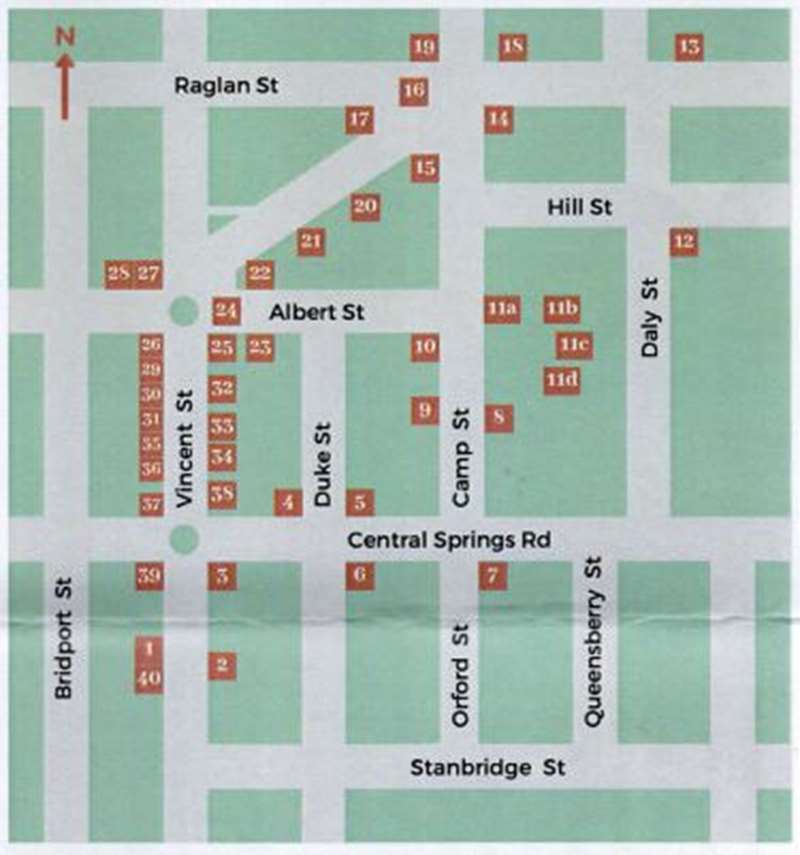
Note: The gradient is easier if the walk is done in reverse.
1. Fire Station 1906. Now Visitor Information Centre. The Fire Brigade was formed in 1861 after the Freemasons Hotel fire. Captain was an American named Henshaw.
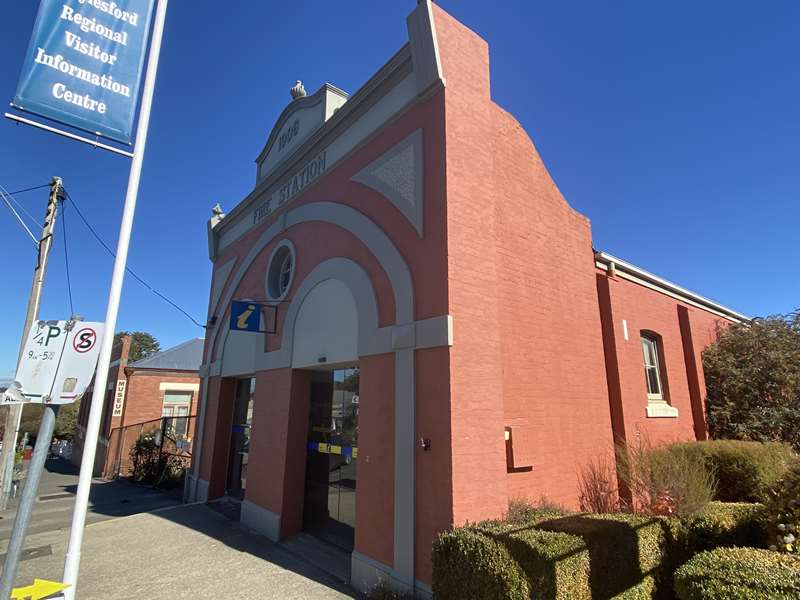
2. Fire Brigade Hotel - c1900.
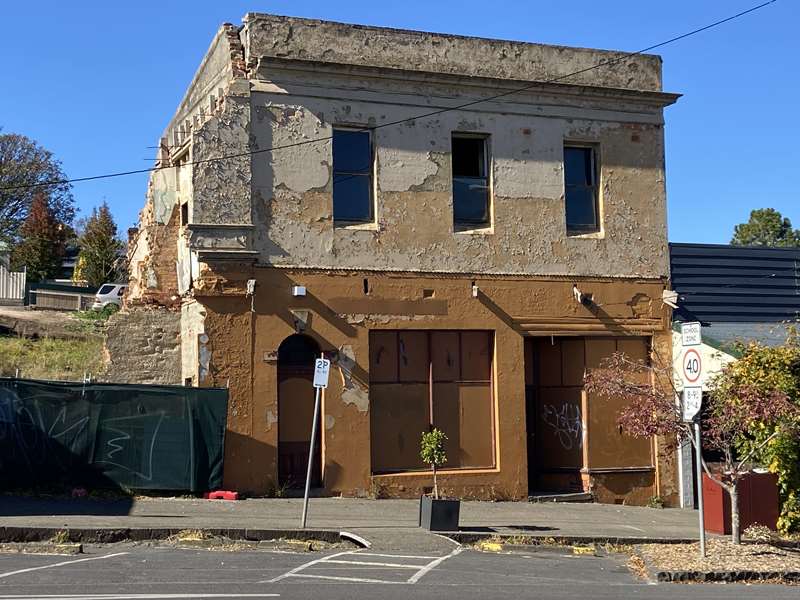
3. An 1862 brick building which was the Daylesford Family Hotel and later Bank of Victoria in 1868.
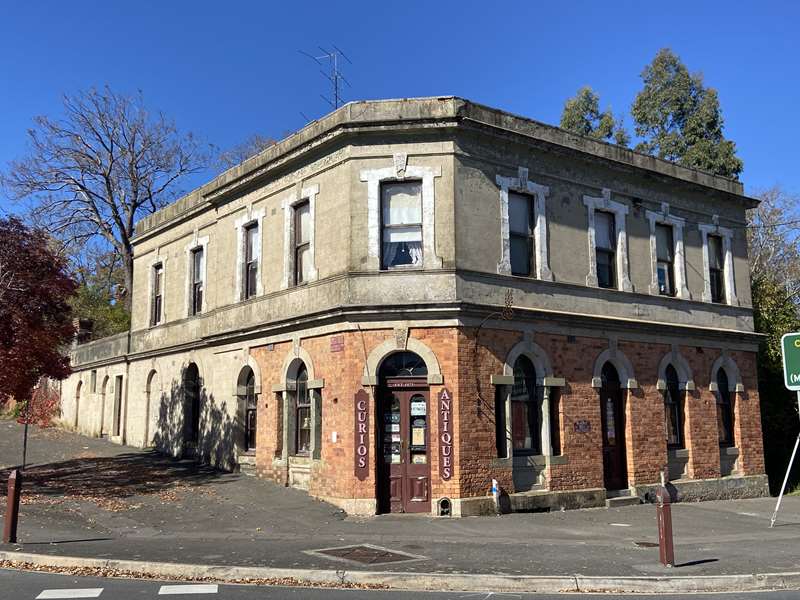
4. Mt Stuart House - on the site of the Oddfellows Arms Hotel, the scene of an 1862 murder. Became Mt Stuart Private Hospital in 1915
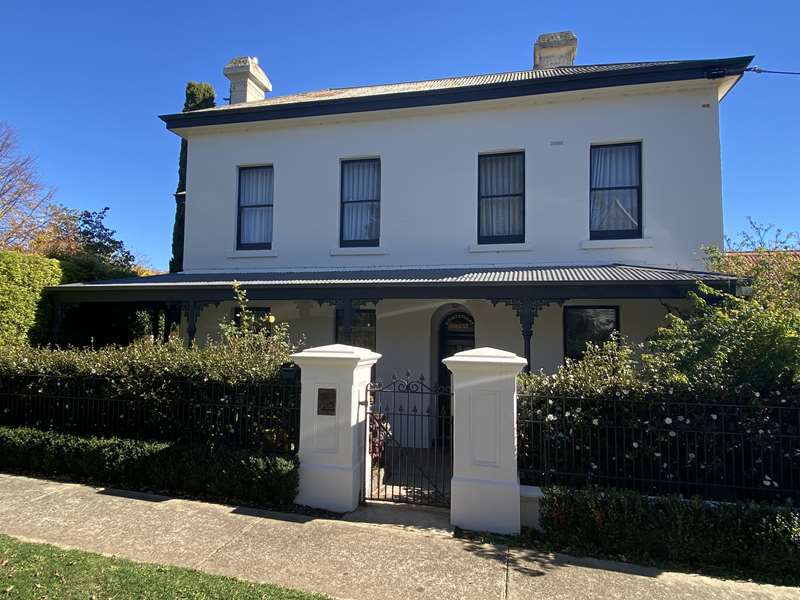
5. St Peters Catholic Church 1865. A bluestone building which once had a wooden bell tower which subsided into a mineshaft and was dismantled.
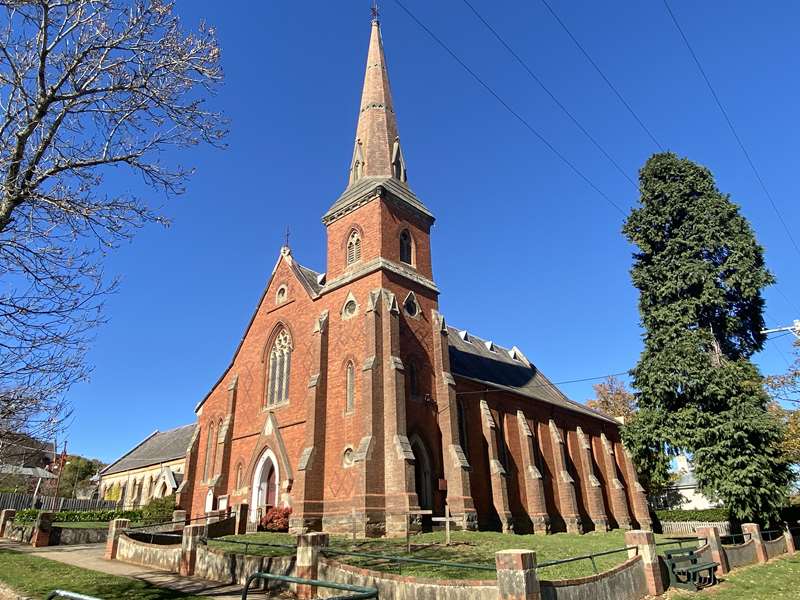
6. Wesleyan Church - 1865. The original church is now the hall. The brick spire was funded by J G Howe, a local businessman.

7. Christ Church of England - 1863. Built of local stone. A Fincham pipe organ was added in 1871. The church hall was financed by W. E. Stanbridge and was Common School No. 190 with head master Robert Knox.

8. St Andrews Presbyterian Church - c1905. Has copper spire and 2 storey Manse built c1907. Financed by a bequest from Jessie Leggatt.
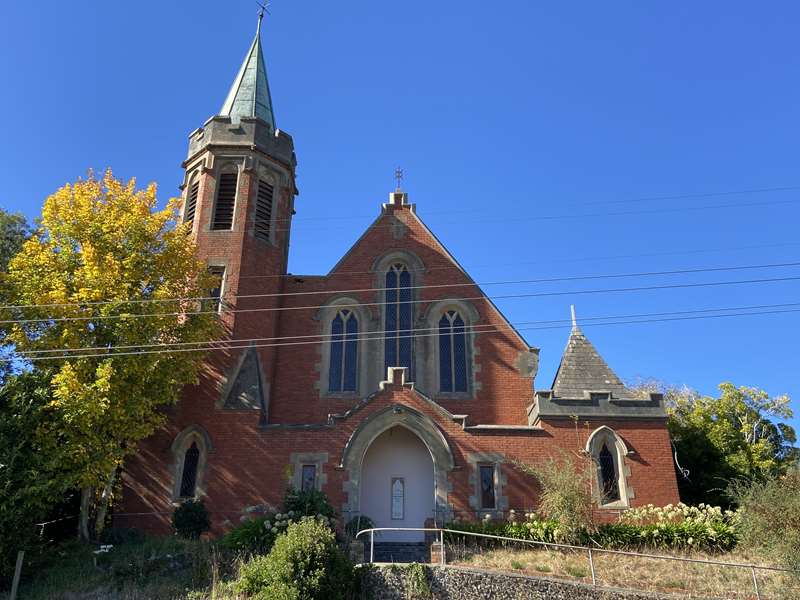
9. Baptist Church - 1887. Built by Geo Clayfield for 450 pounds.
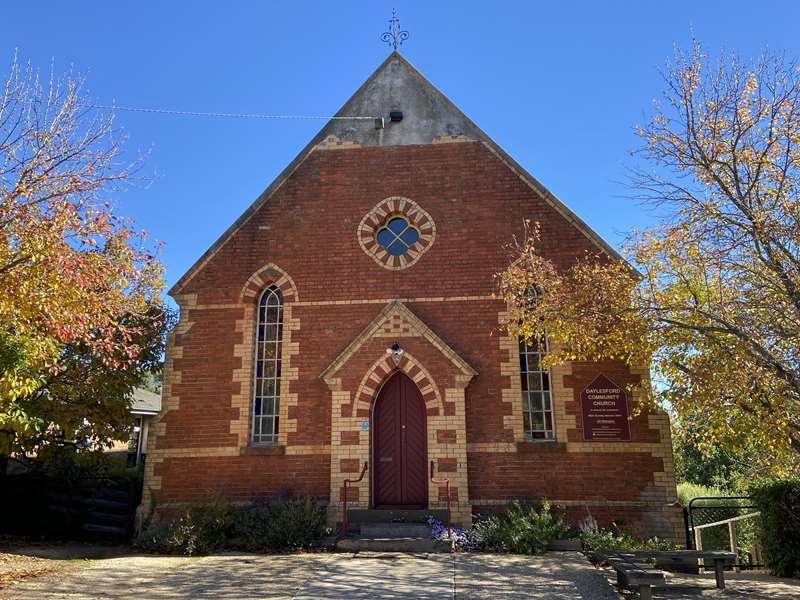
10. Albert Hotel - c1860. Reputedly haunted.
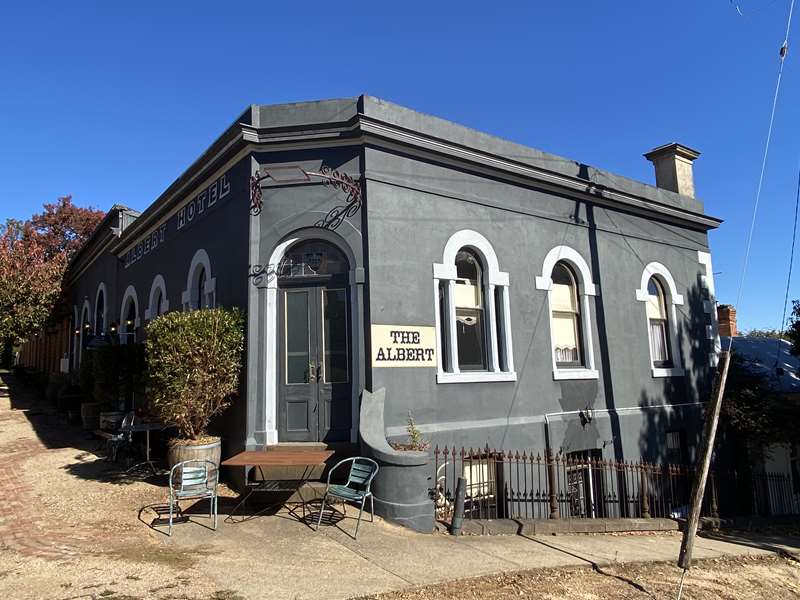
Police Reserve Precinct
11a. Courthouse -1863. Now Neighbourhood House. Replaced old courthouse on site of St Andrews Manse. Open weekdays and sometimes weekends.

11 b. Police Barracks - 1875.
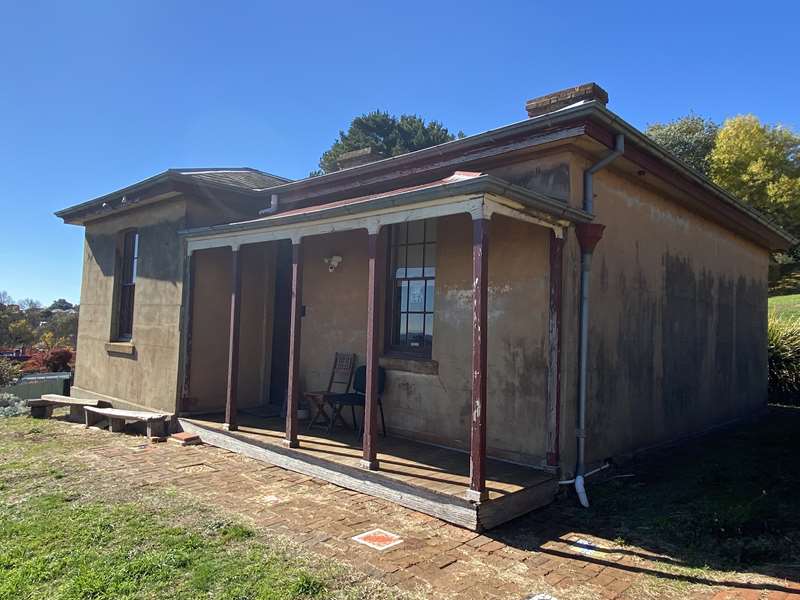
11c. Police Lock-Up - 1863. Open most days
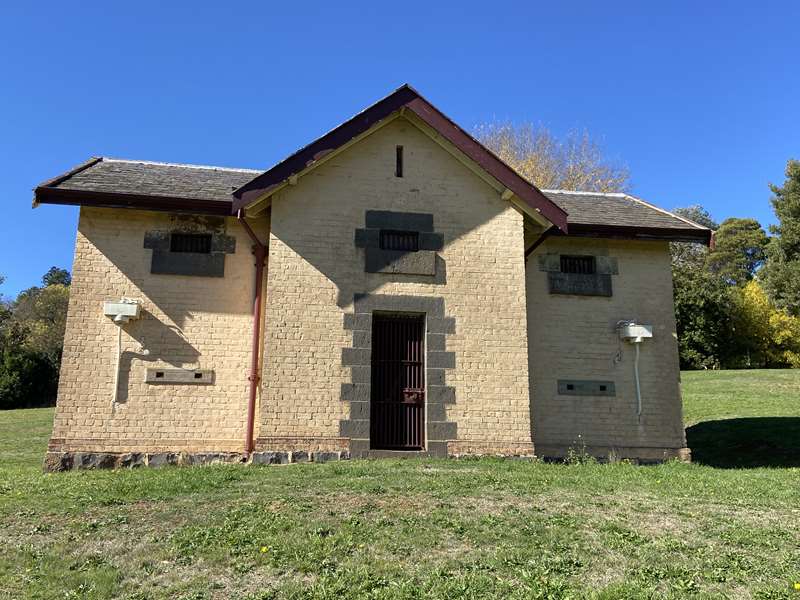
11d. Look southeast towards the New Wombat Hill mine mullock heap. This mine was managed by James McGill, the American second-in-command at the Eureka Stockade. A gate behind the police barrracks gives access to Daly St.
12. Holy Cross Convent - c1889.
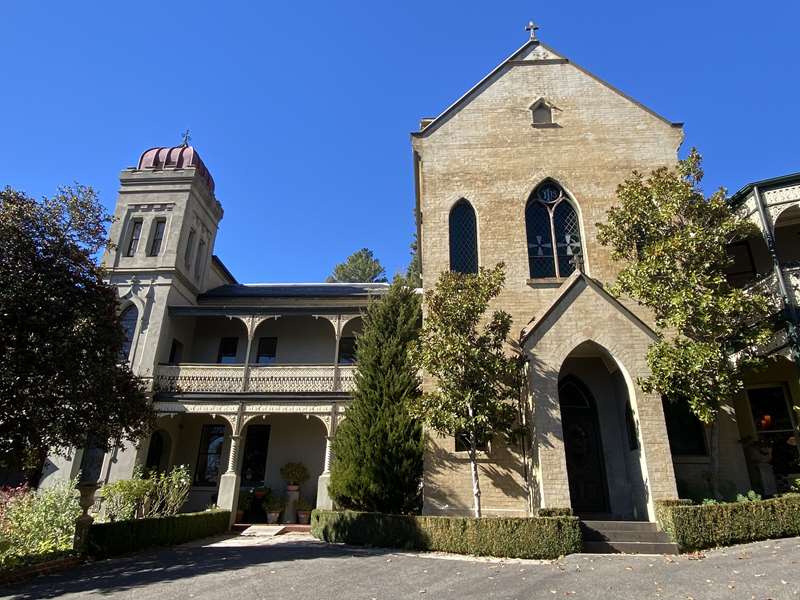
13. Raglan St - North side. From Wombat Park on the outskirts of town to Trewhella Avenue was the residential area of mining managers and other influential townspeople.
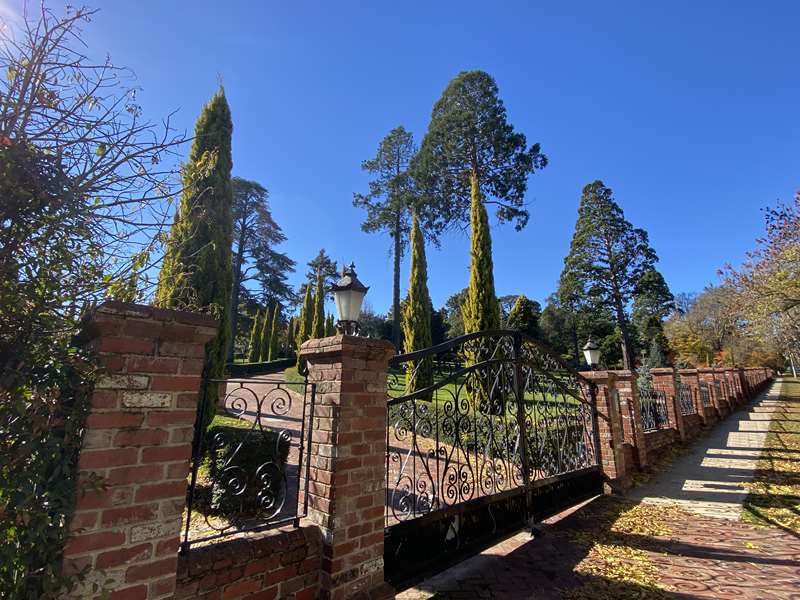
Wills Square Precinct
This area was once an important hub as Jamieson Street was the road to Spring Creek (Hepburn) diggings and intersected here with the main road to Castlemaine, Dry Diggings, Mt Franklin, Franklinford, Glenlyon, Malmsbury, Kyneton and Melbourne.
14. Raglan Flats - Was the American George Jamison's Hotel and Dramatic Hall in 1862, a Cobb & Co coach depot, and had a billiard room and rooms for music teaching and mining company offices

15. J G Howe's Produce Store - Sold stock feed and agricultural products. Howe was a mining speculator, farmer and Councillor.
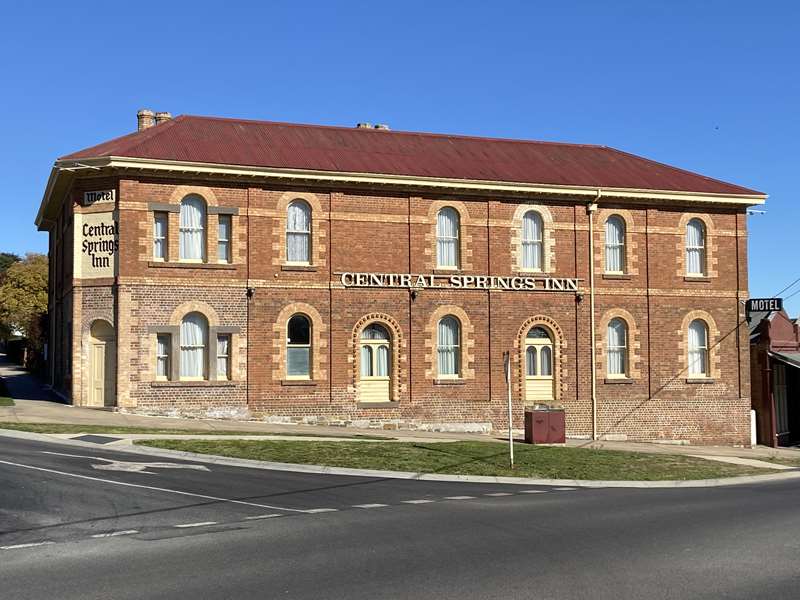
16. Wills Square - c1902. Fountain memorial to Queen Victoria. Replicated in 1993 by Thompson's Foundry, Castlemaine.
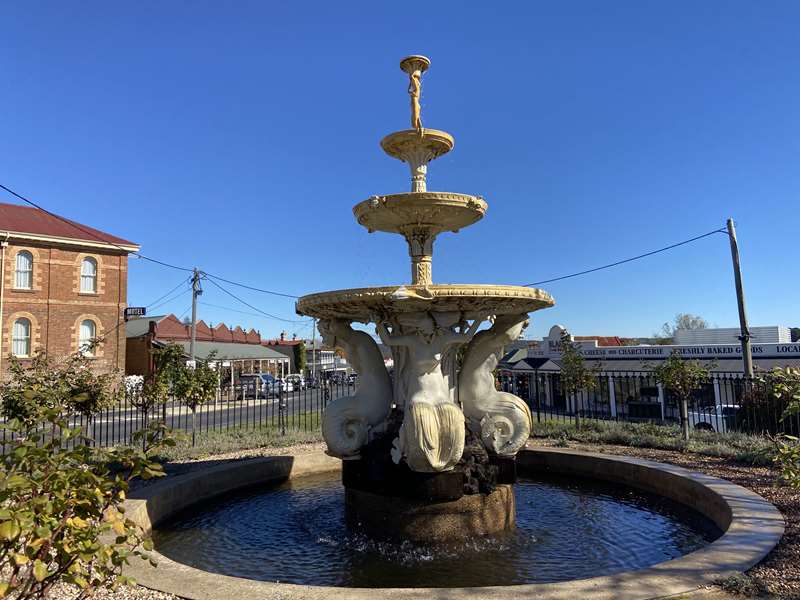
17. Rodda's - formerly saddler and hay and grain store.
18. Carron's Ironmongery - Later moved successfully to Melbourne.
19. Site of Carriers Arms Hotel.
20. Howe Street Shops - c1875. Occupied by tobacconists, jewellers, grocers, blacksmiths, bootmakers, restaurants etc at various times.
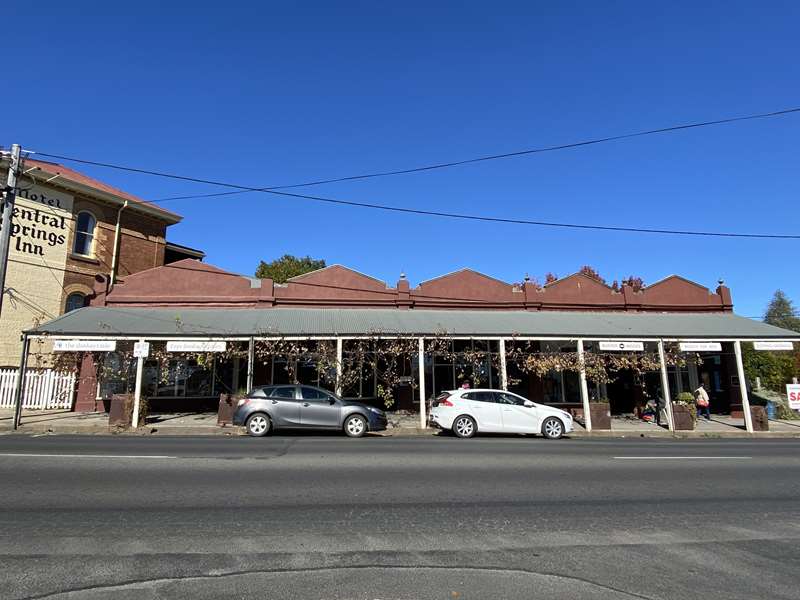
21. Town View Milk Bar - was Thomas Vereys Undertakers.
22. Daylesford Hotel - c1913. With significant Art Nouveau leadlight window.
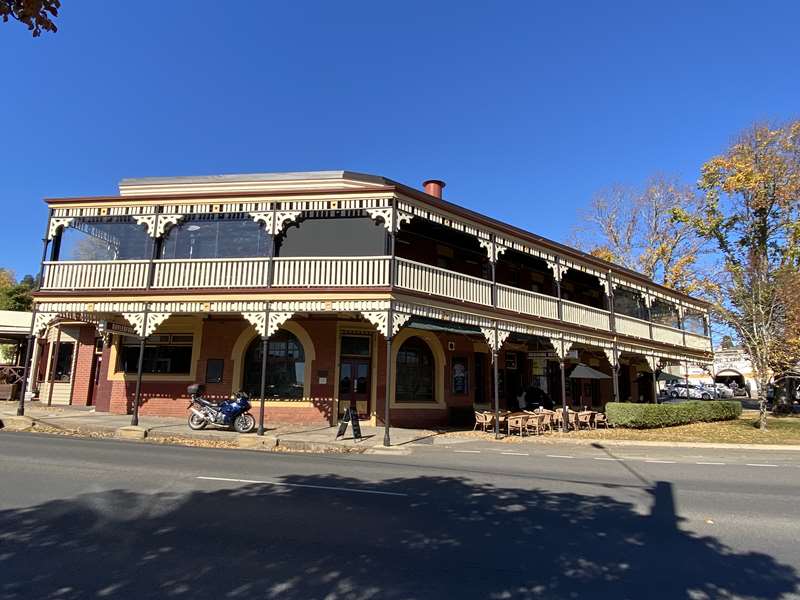
23. Now a tyre service, the building of hand-made bricks with wide arched doorway was originally a Blacksmith's shop.
24. Stanley Hammond sculpture - "Home from school". An extensive collection of his work can be seen at the museum, where he was once an art student.
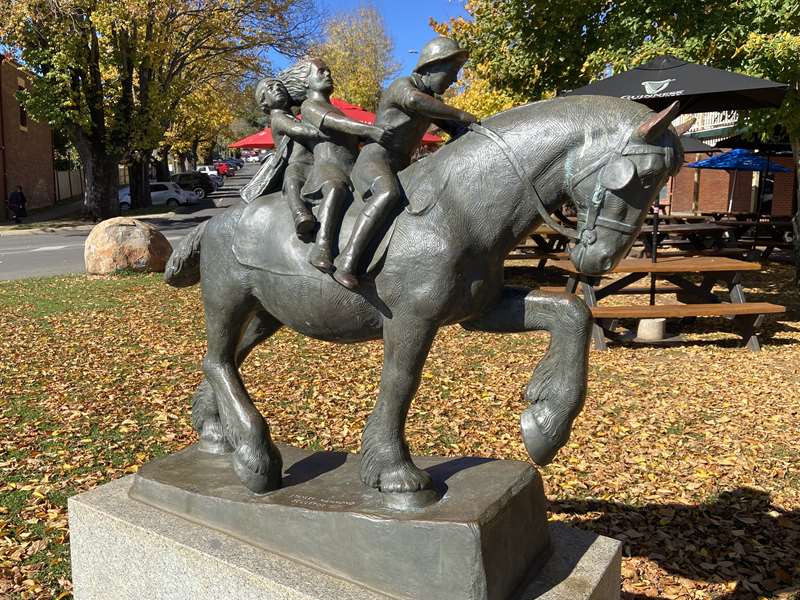
25. The Royal Hotel
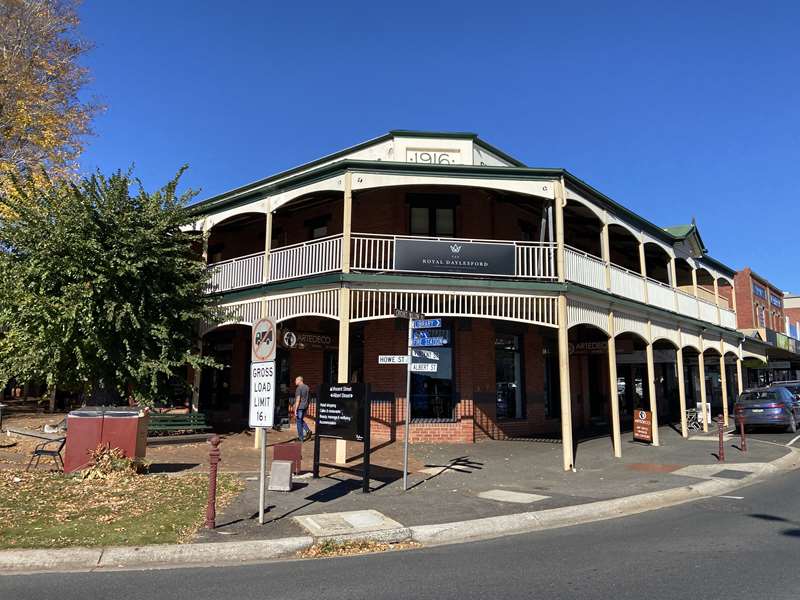
26. Francis Pilley building
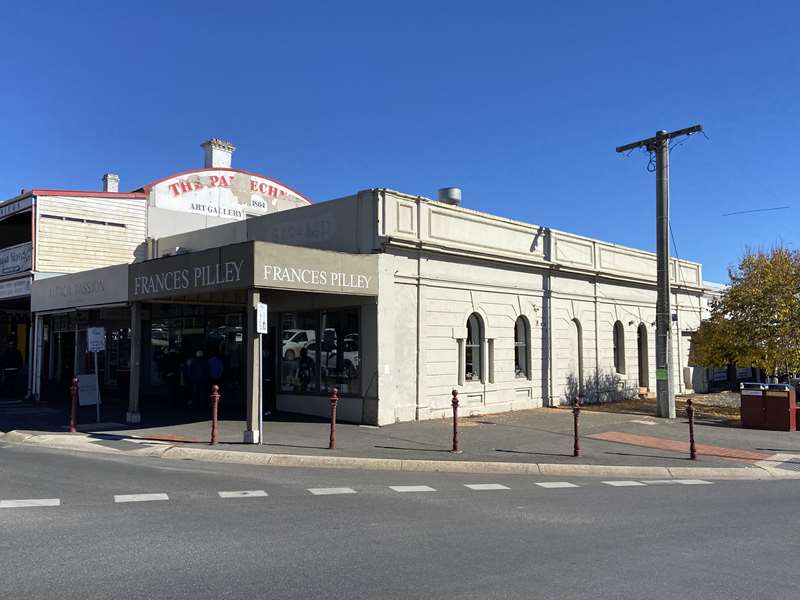
27. Large Grocery Store - c1860. Has been in continuous use as grocery store until now.
28. Anson's Butcher Shop - c1890.
29. Pantechnicon - 1868. Built by local auctioneer George Patterson as his auction rooms. Double doors front & back allowed wagons to drive through & unload inside.
30. State Savings Bank - 1870.

31. Three Art Nouveau buildings - c1912. The solicitors office has been continuously operated as such since that time.
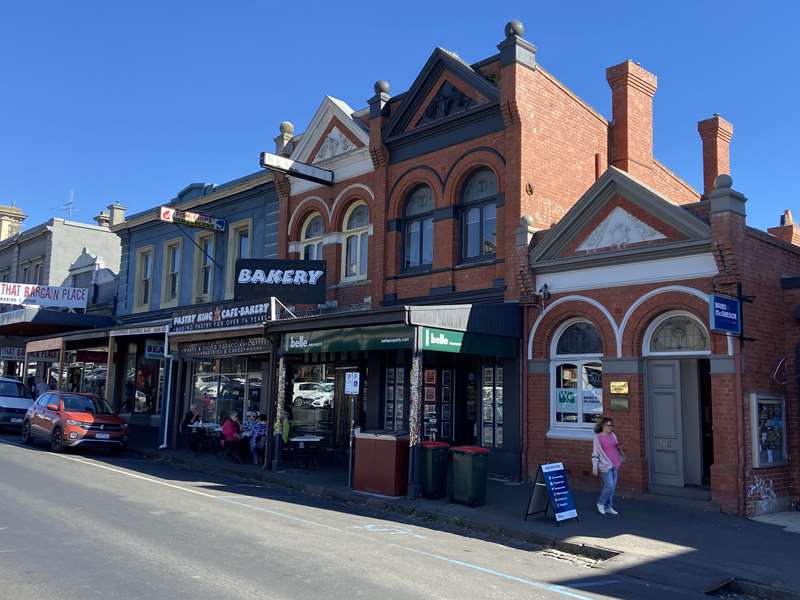
32. Rex Theatre - 1930. Site of Commercial Hotel. During construction in 1929 the foundations collapsed into a mine shaft.
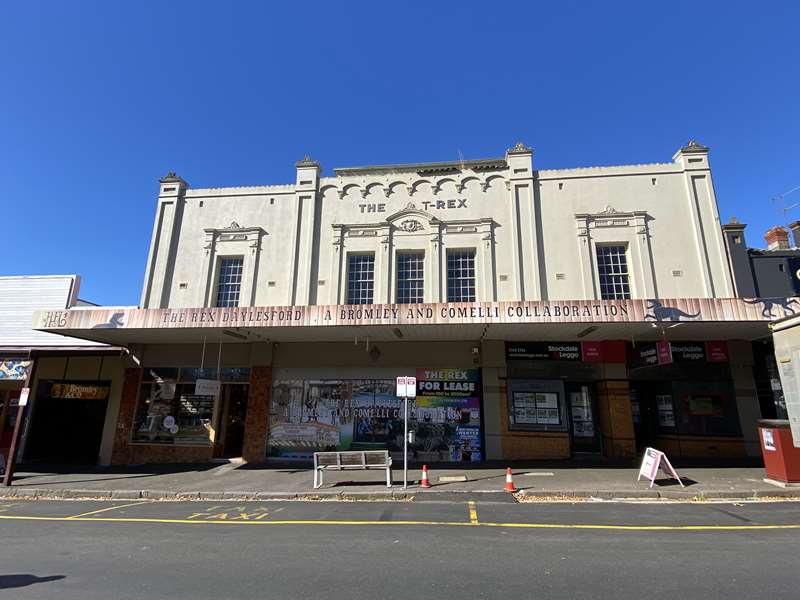
33. Victoria Hotel - 1904. Building replaced John Lavezzolo's 1860's original hotel of same name.

34. Alpha Hall - c1914. The first silent film theatre in country Victoria.

35. Stanbridge Buildings - 1864. Financed by wealthy local identity William Stanbridge. Three buildings built by Mr Hill of local materials and designed by Terry of Melbourne. The southernmost building was the Colonial Bank with a vault made of huge slabs of stone. The centre building was the Manchester Arms Hotel and the northern building was a Drapers shop and offices occupied by mining managers, a dentist and surveyors.
36. Town Hall - 1884. The town well was on the footpath and freshwater baths supplied by Wardle's water race occupied this site in the 1860's. This was the scene of a long running dispute when John Lavezzolo erected an illegal building on this site on the strength of his miners right. The Council won.
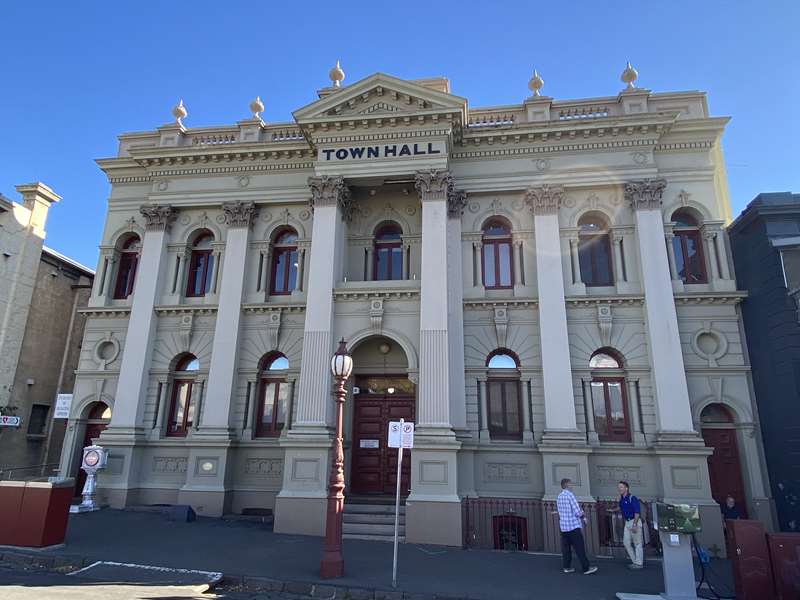
37. Originally a group of buildings, now joined. The southern end was the Bank of Victoria (later Victoria Hotel). The centre was occupied by mining offices, Doctors and Dentists. Northern end was Liverpool Arms Hotel and Town Hall Hotel. All three buildings became the Belvedere Hotel in 1913.
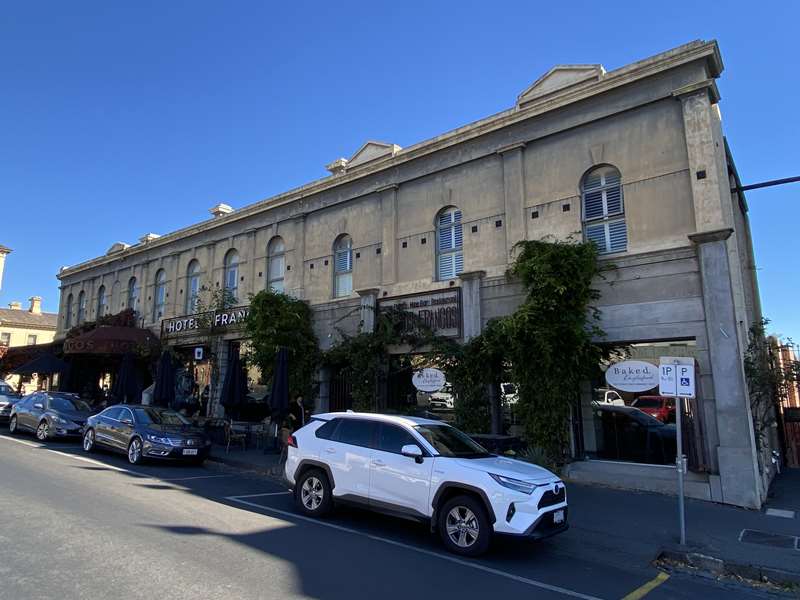
38. Row of shops - Of great variety: Hardware, Saddler, Chemist & more.
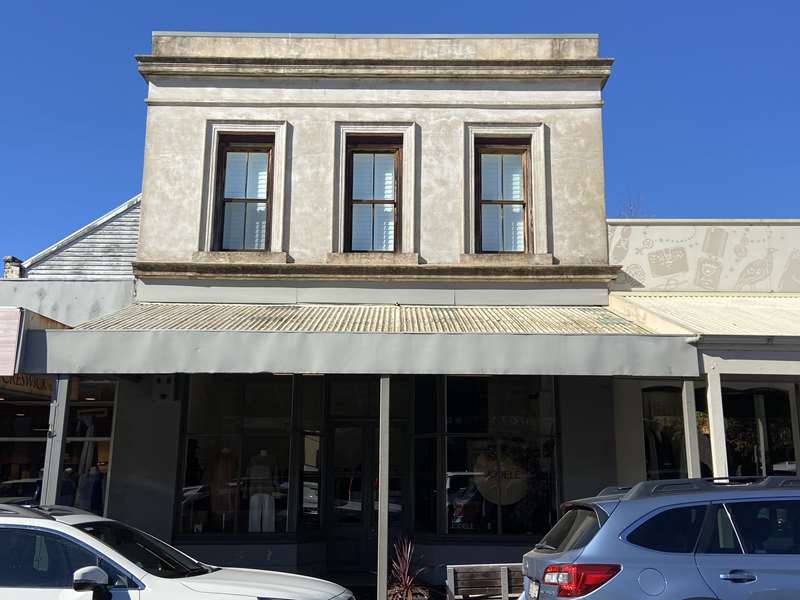
39. Daylesford Post Office
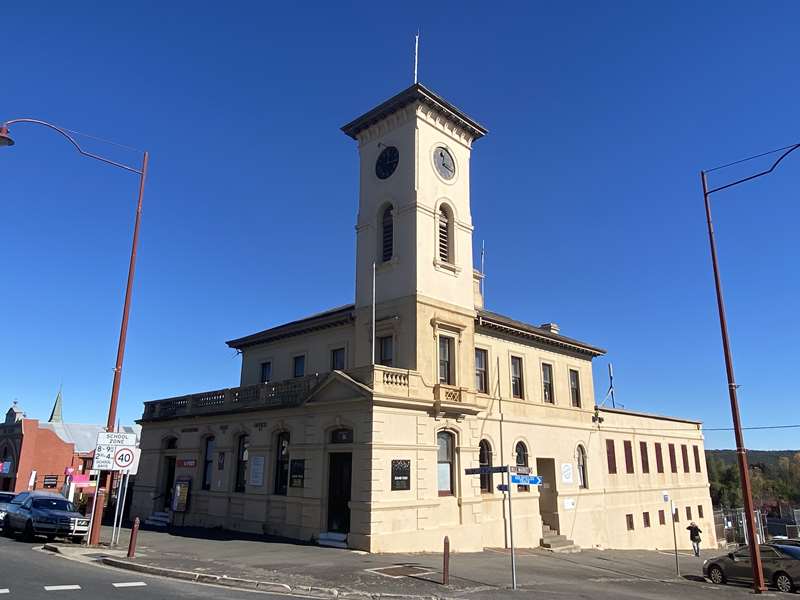
40. Daylesford & District Museum
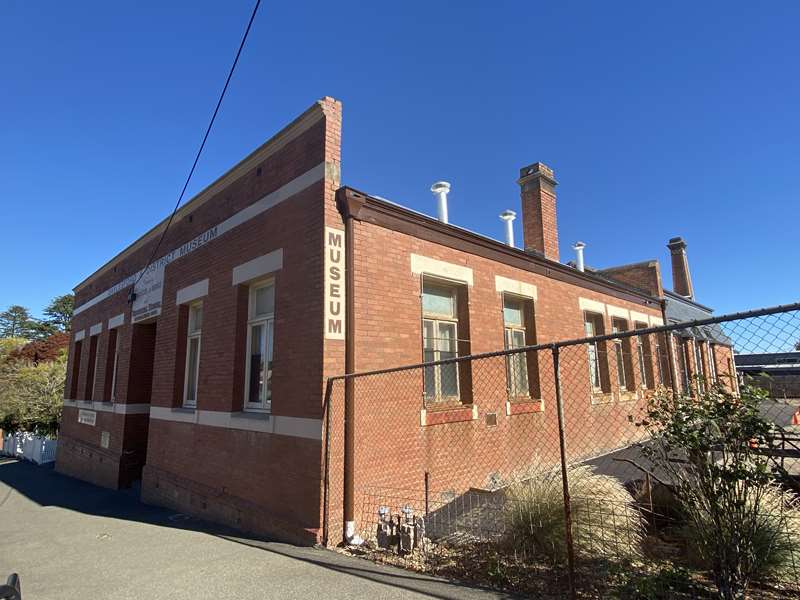
Historical facts and map layout provided by the Daylesford & District Historical Society
Photos:
Location
98 Vincent Street, Daylesford 3460 View Map









